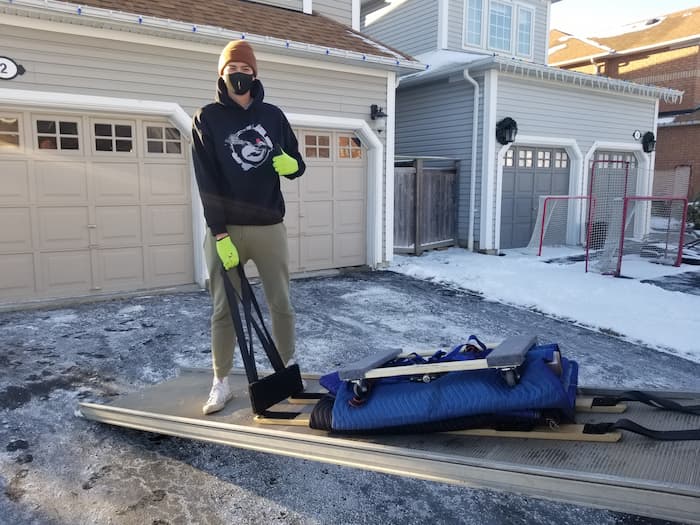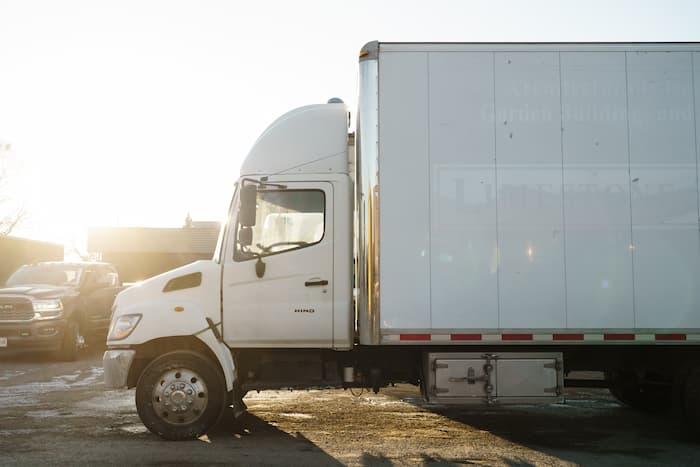Relocating necessitates a great deal of planning. When it comes to packing your belongings and organizing your moving, it’s easy to overlook the carriers themselves.
Your moving company, on the other hand, will be prepared to take the action on the route on transporting day. Make sure you’ve properly equipped for the movers ahead of schedule to get your relocation off to a good start.
Don’t forget to bring extra income for tips and kennels for your pets to the last minute. We’ve provided different basic steps you may ready for local movers or interstate movers before they show up on an important day to make things easy.

Discuss in advance what you will be transporting and whether your list of belongings includes anything bulky. It could be a piano or perhaps you will need to move a pool table. Or a car.
We highly recommend that you plan your moving dates at least a week before closing on the sale of your home. Because all sorts of things can happen to disrupt your plans: for example, a poor quality mover was chosen, and the movers just didn't arrive, and you have to move out of your home.
Trucks sometimes break down and it is not always possible to find a replacement in time, as all lorries are scheduled for work for a month in advance or there are no free ones for hire. Therefore, choose a mover responsibly.
It can even happen that when estimating the house, there were mistakes and appraisers miscalculated on the time of packing, and then the movers do not have time to remove the client in time, and this can turn into a fine for the client from the new owner of the house.
If your move does not include packing services, it will be your responsibility to pack most of your possessions before the movers arrive. To ensure a smooth packing process, double-check that you have all the necessary materials and supplies on hand. For each room, you’ll need to provide:
We strongly recommend using standard boxes:
The mistake many people make is that they use different sized boxes for packing (amazon delivery, vine boxes, all random boxes). These boxes are not designed for moving. They hold much less weight, and their different sizes don't allow for efficient packing.
Here is an example.
It takes about 40 min to move 50 standard medium boxes from the house to the truck. But 50 non-standard boxes take 1 hour and 15 minutes. Because they have to be sorted when loading on the dolly, because of the different sizes, they can fall over, break, etc.
If you put one medium box on top of another, the edges of the boxes are evenly matched around the perimeter of the boxes, giving a strong base and stability. Such boxes can be loaded as much as possible, and the weight is distributed along the stiffeners so that it is on the body of the box and not on the things inside.
The exact opposite is true when a medium box rests on a semi-middle box. Instead of the walls, the weight presses into the centre of the box, hence the stuff inside.
When packing a track with standard 50 medium boxes, takes almost 2 times less time than packing with 50 non-standard boxes because you have to constantly pick up the size at Tetris and close gaps and empty spaces.
Conclusion: If you decide to pack and use your own homemade boxes that are already available, it will significantly increase the loading time and, therefore, your costs for the mover's fees.
A professional moving service is typically well-equipped to transport your belongings from your old home to your new one with ease. However, if you have particularly large or heavy items or if your doorways are especially narrow, it’s crucial to give your movers advance notice.
High Stream Moving is proud to offer professional local and long distance moving services in Toronto and all across Canada and the USA.
On a moving day, it's essential to have a solid plan for your pet. Since the movers will need to keep the front door open to load and unload their trucks, this creates an opportunity for curious pets to wander outside.
By planning ahead and taking these steps, you can ensure a smoother moving day for both your pet and the movers, preventing any accidents or escapes.
It’s up to you to adequately prepare and secure both your new and old house before the movers get there. If it rains, snows, ices, or sleets, you’ll have to protect your home from water leaks. We recommend putting huge covers or tarps at the doorways, on the doorsteps, in the foyer, and in the hallway to prevent tracking mud through the door.
To minimize damage, we suggest covering wooden floors with covers or a tarp, regardless of the weather. If the weather makes your doorsteps or walkways slick, we recommend using salt in ice or snowy circumstances.

Parking is a basic yet crucial aspect that is frequently ignored during the relocation process. Nevertheless, believe me when I say that it will be on your movers’ minds on a moving day.
On an important day, the driver will most probably call you to let you know they are on their way and to inquire where you want to park.
You’ll need to ensure the movers have a place to park their enormous truck if you haven’t already worked it out with a contact at the moving company. If you’re not parking around your own driveway, you’ll need a parking permit for the street or official approval to park in a private driveway.
High Stream Moving is proud to offer professional local and long distance moving services in Toronto and all across Canada and the USA.
What nicer way to express your gratitude for movers who go over and above than with some cash? Make sure you have cash on hand even before the movers arrive.
While tipping recommendations differ depending on who you ask, many professionals suggest giving your movers 5% of the whole price or a decent flat charge.
A local moving may cost $20 per person, a long-distance move $30 to $40 per person, and a long-range move driver $50 to $100. Of course, your tip must reflect the quality of service provided and the satisfaction levels you received at the conclusion of your relocation.
Grab your phone now and call us at (800) 430-1537 to take advantage of our full-service moving!